Catnip Plant, Nepeta cataria – How to Grow and Care |
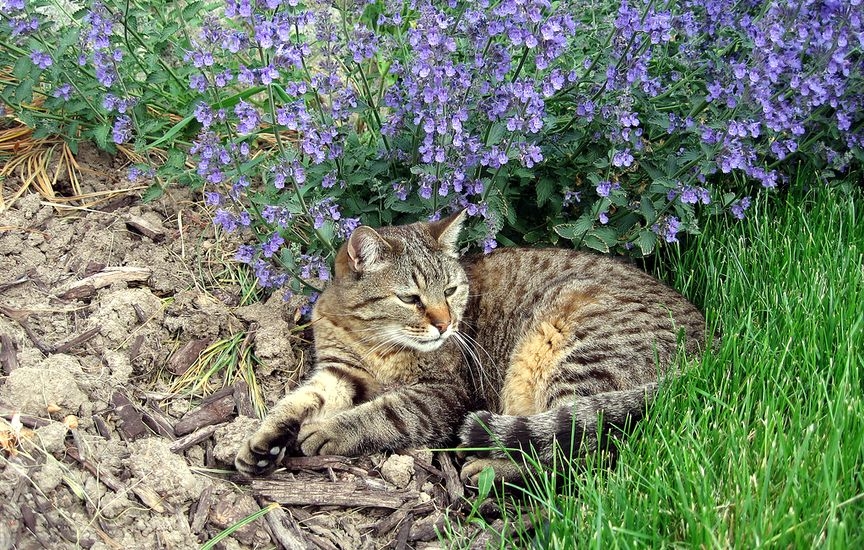 Catnip is bringing into your garden and balcony a fresh ravishing scent-oasis which its lemony smell charming the senses. Furthermore, Catnip belongs to the healing plants and will in a natural way take care of respiratory problems and infections with its antibacterial effects. With the proper care instruction, Catnip can fill your surroundings with its color full blossoms over many years, thus creating a summer-freshness. Plant Profile
The Catnip (botanical name: Nepeta Cataria) is not only for cat owners the ideal plant for your four legged feline friend, but also excites others with its pleasant smell of lime and mint. The shrub will create a summer ambiance outside and especially decorates color less places in a tasteful manner due to its beautiful blossoms. Regarding care, it’s very low maintenance and can also be handled and multiplied by non-garden experts. Everything you need we will tell you about in this care instruction. Care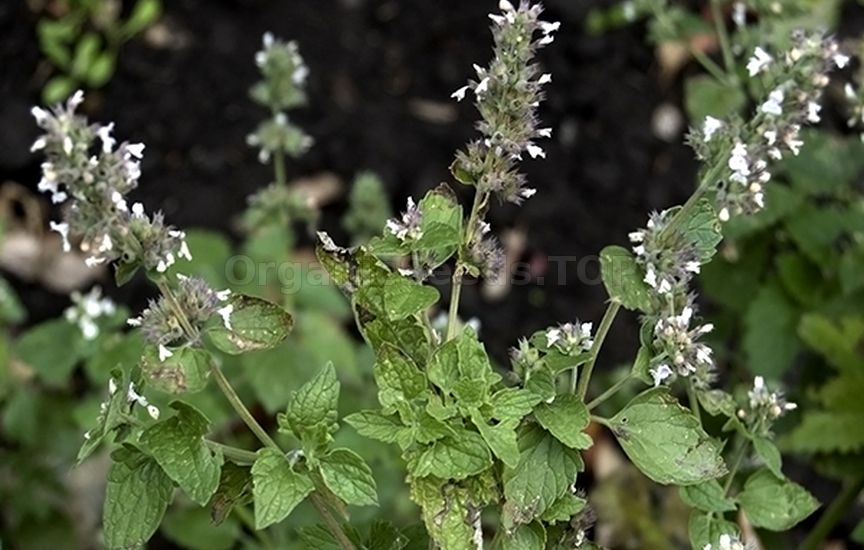 To decorate your outside area every year anew with ravishingly thriving blossoms and to professionally multiply the Catnip, you should keep an eye on some details.
Location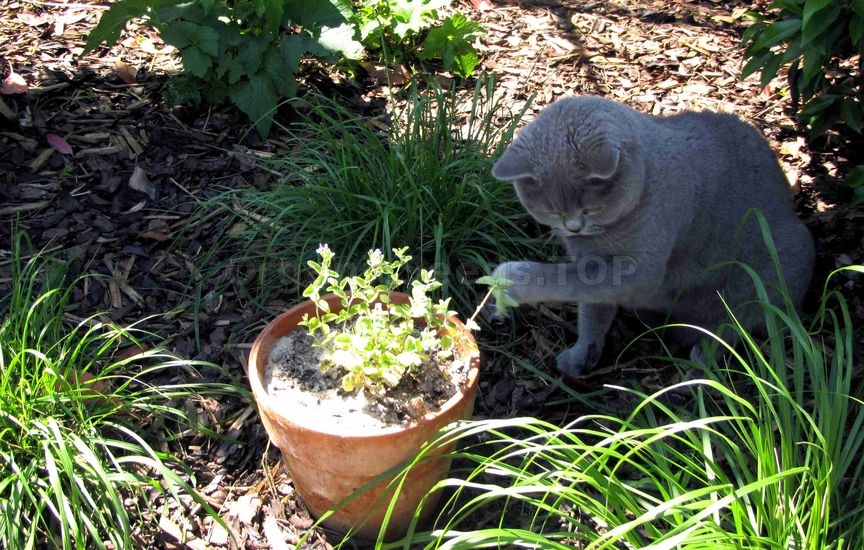 The location is the habitat of the Catnip and is also responsible whether the plant is feeling well. As it has its origins in regions where it’s hot, it requires these conditions here as well. Ideal for this plant species is a sunny to full sunny location. No matter whether it’s located in flower bed, a balcony bucket or a basket, it does not like a shady location and should thus not be placed somewhere where it doesn’t receive any sun which it sorely requires for vitality.
Soil conditions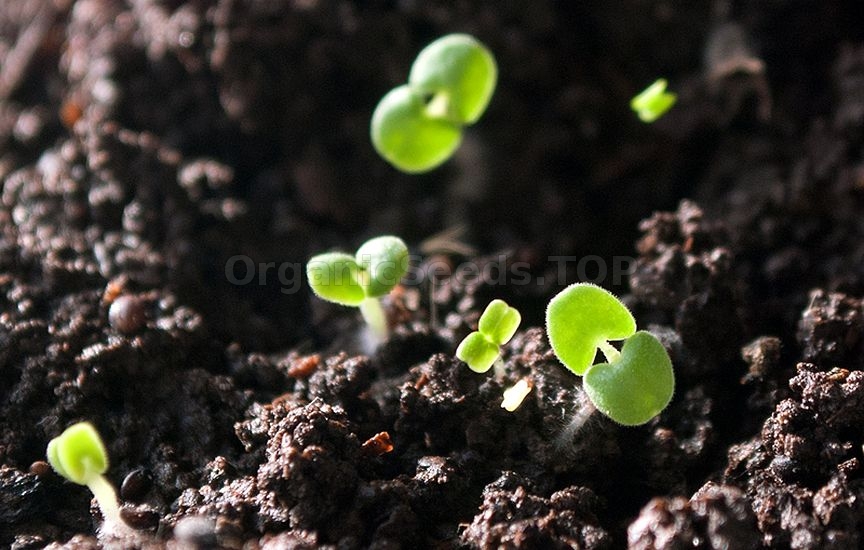 One other factor for a healthy and strengthened growth is the garden soil, in which the Catnip is being placed in.
You should keep some criteria in mind concerning the ideal soil conditions:
Substrate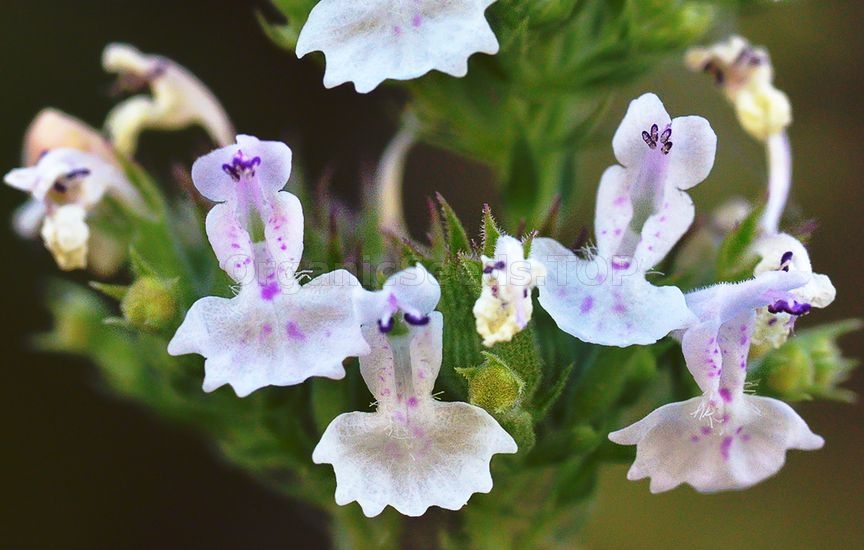 A substrate should fulfill the same requirements as the ideal soil conditions. You should avoid the usage of ordinary potting soil. This one hardens over time and as a result becomes more permeable to water. Recommended is a qualitatively high substrate rich in nutrients, which possibly holds the substrate loose with its low peat level. Special clay substrate not only takes care of a more stable hold, but also saves moisture.
Planting timeIn order for the Catnip to marvelously grow at its new destination it is important to keep an eye on the correct planting time.
Planting in a flower bed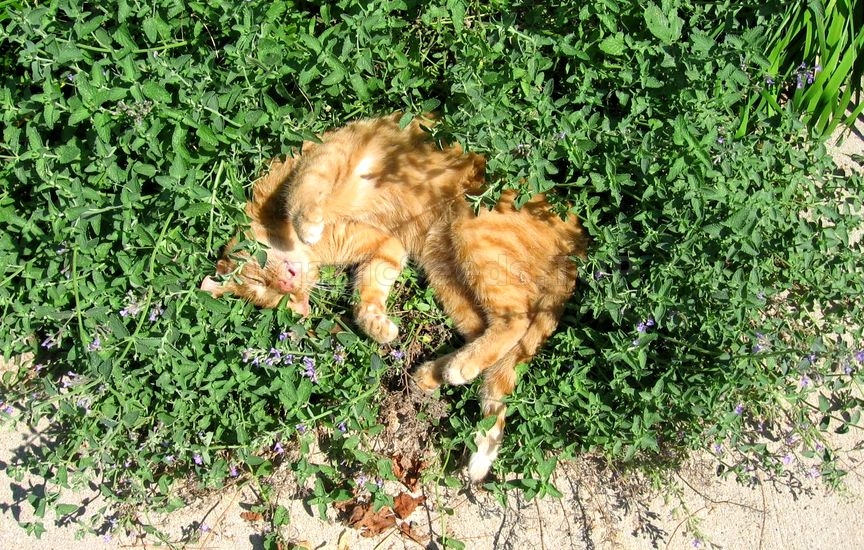 Planting can be done, as soon as the ideal location in the garden bed for the Catnip has been found.
This is hot it should be done:
Planting in a pot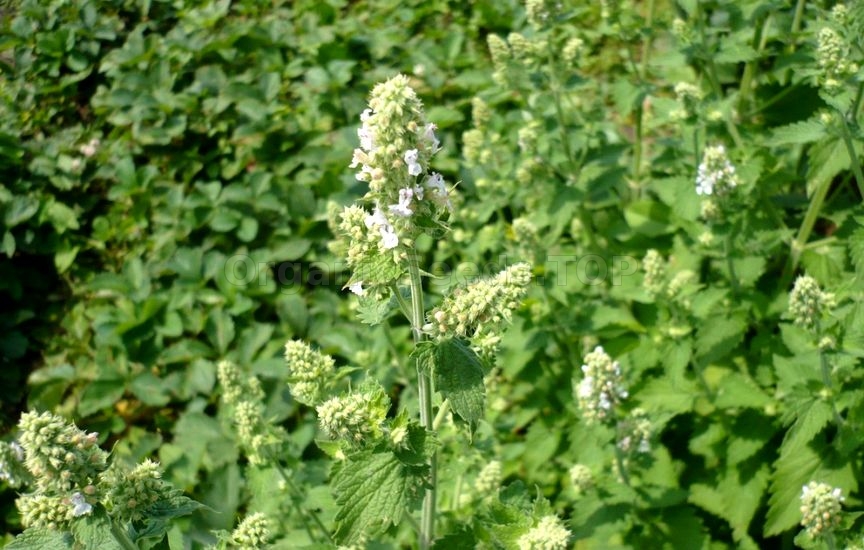 Nepeta Cataria are also making a wonderful appearance if they are planted buckets or hanging baskets. They can be rowed more closely together in these vessels as they will be become a real eye catcher in an arrangement.
Otherwise, follow, regarding the planting in a bucket, all of the rules applying to planting in a garden bed. Again take a focus on a drainage in order to prevent the occurrence of water logging. Like described under the paragraph “substrate”, use a substrate high in quality which will insure the perfect basis for longevity. Watering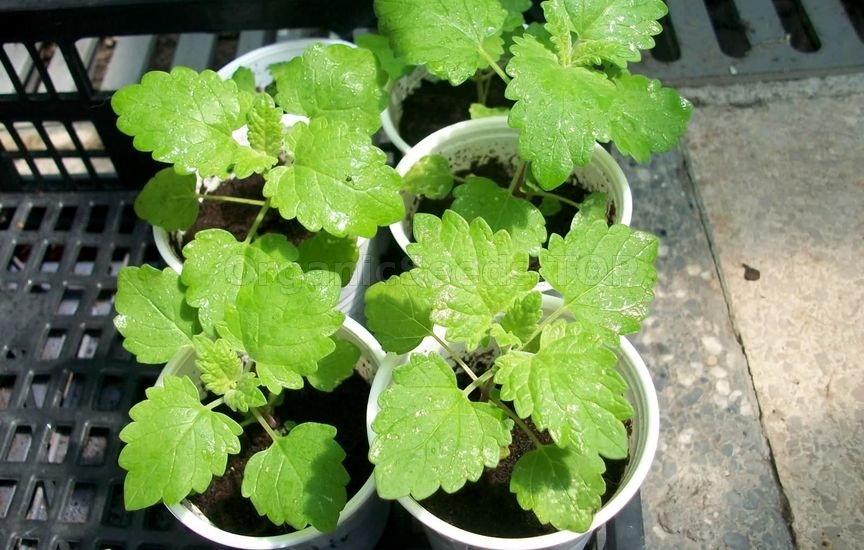 The moisture will remain in the soil if it is rich in clay and or sand and hold relatively long, considering that the water needs of Catnip are really low. This way, it can handle dry periods without problems and only occasionally has to be watered.
The ideal time of watering is given when the surface of the earth can not be pressed inwards with a finger. Water only a little in order not to drown the Catnip. In case you forgot to water the Catnip or were unable to do so, it easily survives a few days in hot days without water. Hibernation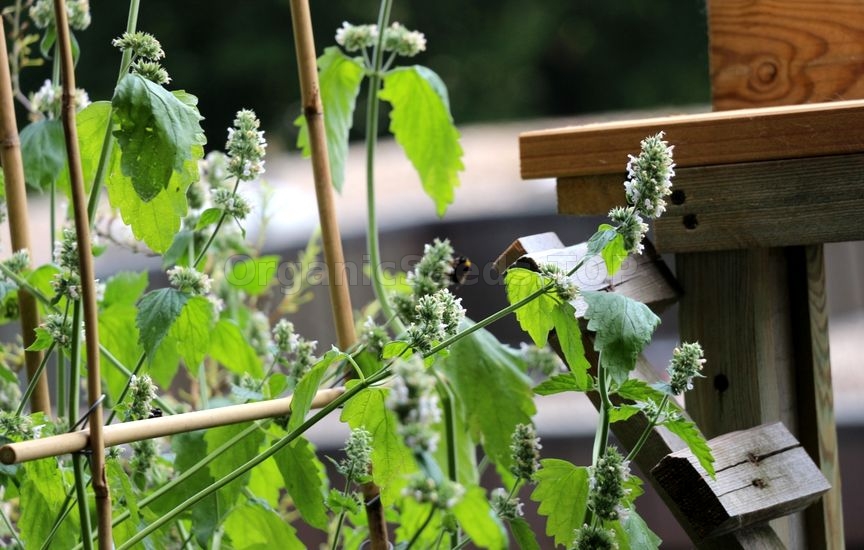 Even though Catnip prefers the warm sun, it can easily handle cold winter temperatures and frost. There are no special measures which have to be effected for bed plants in concerning hibernation. Whoever wants to ascertain himself can cover the ground surface with foliage, straw or pine needles. Balcony and bucket plants do however react somewhat sensitively to extreme cold.
They should at least be positioned in a position which is sheltered from wind. Buckets should be placed on Styrofoam or similar material with similar sheltering characteristics. Ideal, however, is to place it inside into with warmer temperatures. Doing this, you should watch out that the Nepeta cataria isn’t exposed to a temperature difference too high. Ideal for hibernation are cold house floors or basement rooms with daylight exposure so that the Catnip receives a sufficient amount of light, even in winter. If you would like to place it in heated rooms, get the Cat Melissa inside before the start of winter in order for it to get used to the temperature difference. If the cuttings have been planted late in the year, they should be placed inside before the first occurrence of frost. During the winter months, the Catnip is not being watered outside. If they are standing warmer in a room, the soil dryness should be occasionally checked and subsequently, if necessary, watered. Multiplication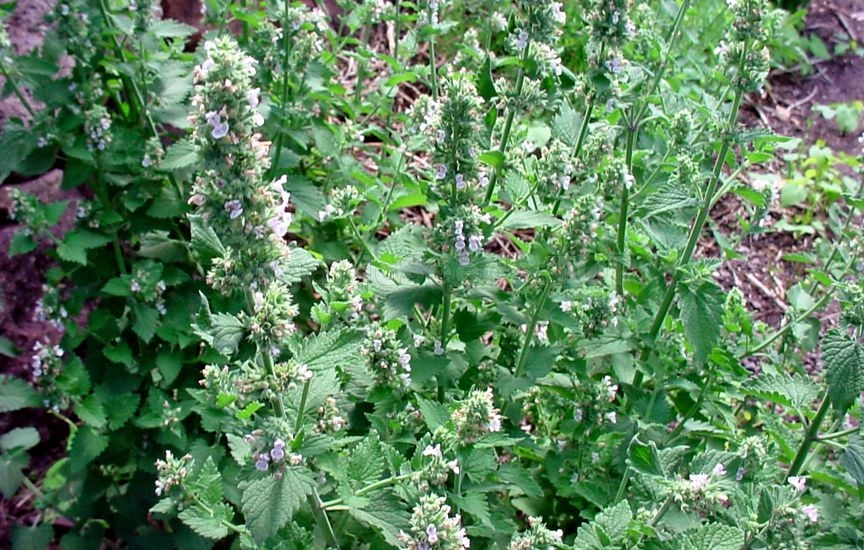 Normally, in the case of real Catnips, they are self-seeding and are wildly spreading in the garden. If you however want to take over multiplication yourself, there are three ways for you to do this.
Seeding For seeding, you will need seeds which you can either buy in a specialist garden store or you could take them out of the so called hermitage fruits of the blossoms. There are usually about four seeds each.
For seeding, take the following steps:
Division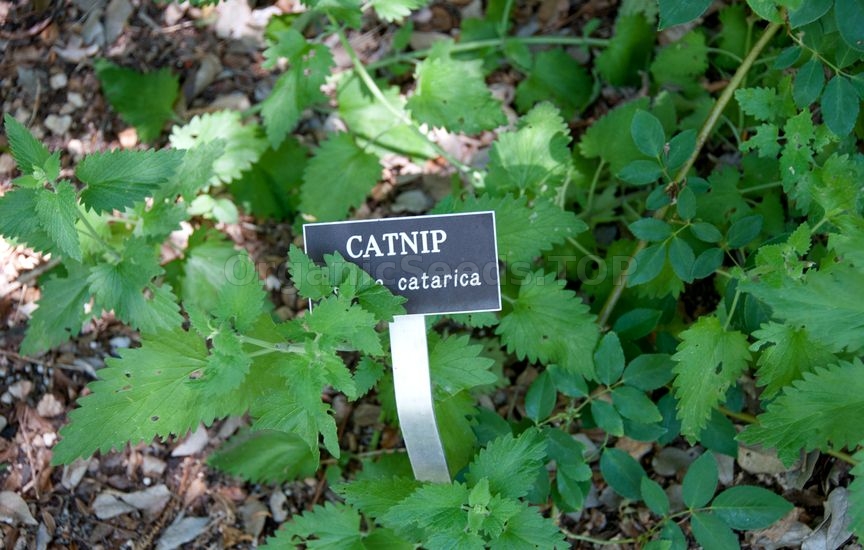 Relatively easy is a division of the root bale which additionally leads to a stronger growth of the shrub. That is why a root division is recommended every three years.
In order to do this, cut the root bale of an adult Catnip with a sharp knife or a spade in the center into two parts. Subsequently plant them inside like described below the paragraph “Plants in the bed”. Do not forget, to dip the divided root bales into water before planting and leave it inside the water until no more bubbles are flowing to the top in order to confer a healthy level of moisture. The division should take place in due time during spring or autumn. Cuttings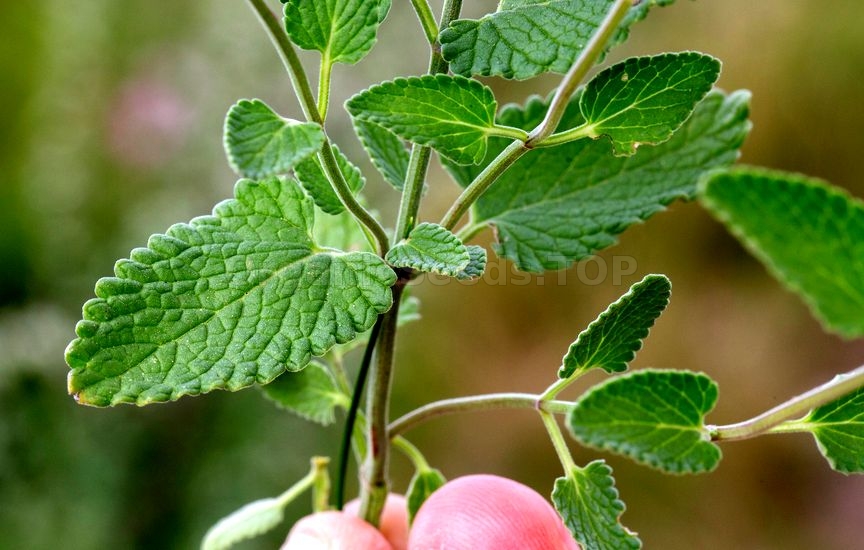 The most common methods is doing the multiplication with cuttings.
This is how it is done:
You may need:«Murka» - Organic Catnip Seeds |
|
|
